Advertiser Disclosure: Eye of the Flyer, a division of Chatterbox Entertainment, Inc., is part of an affiliate sales network and receives compensation for sending traffic to partner sites, such as CreditCards.com. Some or all of the card offers that appear on the website are from advertisers. Compensation may impact how and where card products appear on the site. This site does not include all card companies or all available card offers. Opinions, reviews, analyses & recommendations are the author’s alone, and have not been reviewed, endorsed, or approved by any of these entities. Some of the links on this page are affiliate or referral links. We may receive a commission or referral bonus for purchases or successful applications made during shopping sessions or signups initiated from clicking those links.
Introduction: Our Panama Canal Cruise on Oceania Sirena
How to Save Money on an Oceania Cruises Sailing
Oceania Cruises Fleet Explained
Delta First Class Review Atlanta (ATL) to Panama City (PTY)
Westin Playa Bonita Panama Pre-Cruise Hotel Review
Panama Canal Marriott Bonvoy Hotel Options Ranked
Panama Canal New Cruise Terminal Still a Work in Progress
Boarding a Cruise Ship During a Norovirus Outbreak
Oceania Cruises Sirena Vista Suite 6003 Review
What Does Oceania Cruises’ Country Club Casual Dress Code Really Mean?
Oceania Cruises Wine and Spirits Tasting Experiences
What to Expect on a Panama Canal Full Transit
Oceania Cruises Sirena Dining Review
Great Stirrup Cay, Oceania Cruises Private Island???
What Happens When Oceania Cruises Skips a Port Due to Weather?
The Pros and Cons of Sailing on Oceania’s Smallest R-Class Ships
Size Matters, Why We Prefer Oceania Cruises Larger Ships
Introduction
For those of us who cruise with some regularity, we probably have some version of a cruise “bucket list.” Cruises we want to take because of the ports, because of the experience, because of the ship, or some combination. For many, a Panama Canal cruise is one such journey. In this post we’ll cover What to Expect on a Panama Canal Full Transit. Having taken two recent cruises that began with transiting the Panama Canal we’ll share our thoughts from both with an emphasis on our most recent sailing aboard Oceania Cruises‘ Sirena.
Panama Canal Sailing Options
Broadly speaking there are three general types of Panama Canal transits done by cruise ships:
- A full transit of the canal as part of a trip that begins either on the Atlantic or Pacific side and ends on the other. These are often repositioning cruises that take place at the beginning or end of a season, like when a cruise ship goes from it’s Caribbean positioning over the winter to it’s Alaska positioning for the summer. There’s a great deal of variety in these sailings, though most of them are “one-offs” each year.
- A full transit of the canal that begins or ends in Panama City, Panama. These are the most common of the sailings as they start in Panama City on the Pacific side, pass through the entire length of the Panama Canal and then complete some itinerary involving the Mayan Riviera, Western Caribbean, or Eastern Caribbean. This is what our cruise did beginning in Panama City and ending in Miami.
- A partial transit of the canal. In this case the ship generally goes through one lock in the canal, turns around in Gatun Lake, and then reverses course.
What to Expect on a Panama Canal Full Transit
Whether you are an an itinerary that falls into either category 1 or category 2, the experience is the same, with the only difference being if you began on the Atlantic/Caribbean side the highlights will happen in reverse order to those that I will outline below.
Expect an early morning! Transiting the canal takes most of the day with ships generally beginning around sunrise and finishing a bit before sunset. If you’re beginning your transit on the Pacific Side/Panama City you do not want to sleep in. One of the highlights happens almost as soon as you leave port as you begin to enter the Panama Canal you sail under the Bridge of the Americas. I don’t know about you, but I love passing under a bridge on a ship.
With a prime view off the front of the ship we took advantage of a room service breakfast for optimal morning views.
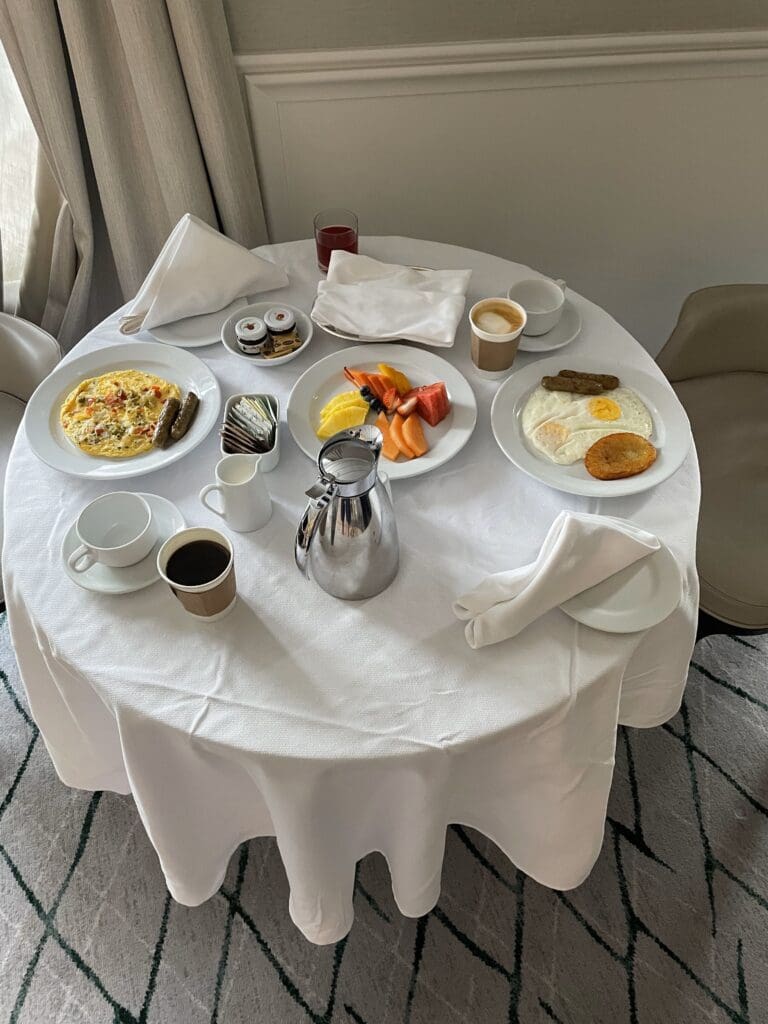
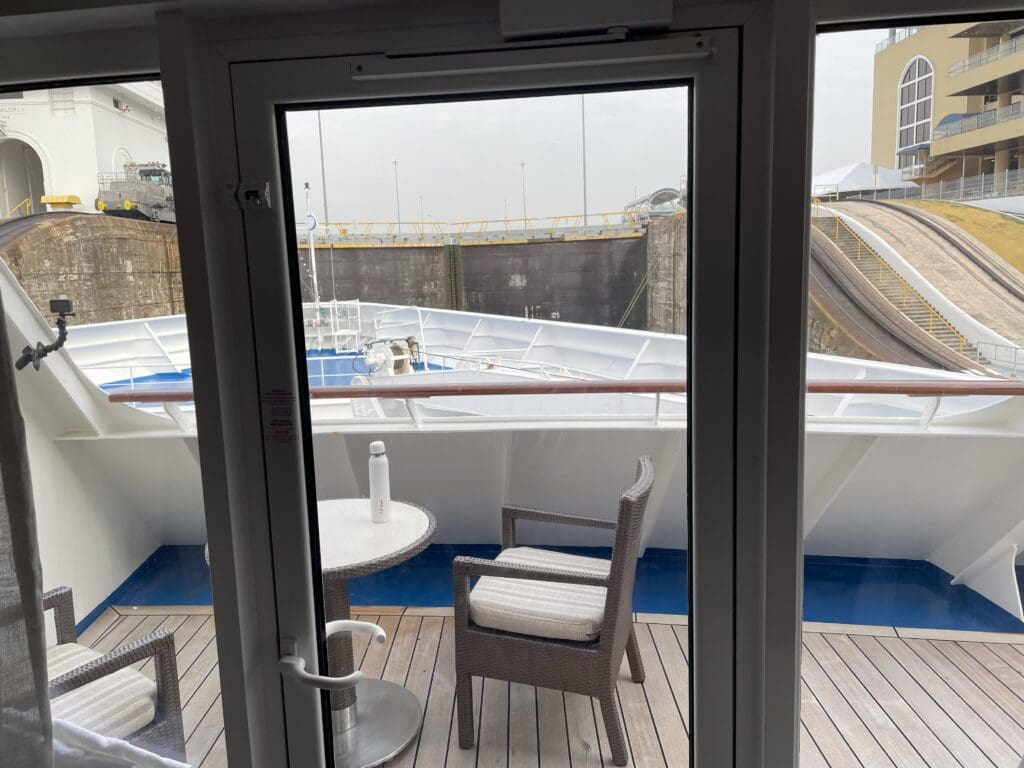
As we passed from Balboa Harbor under the Bridge of the Americas we were able to spot several crocodiles near the water’s edge.
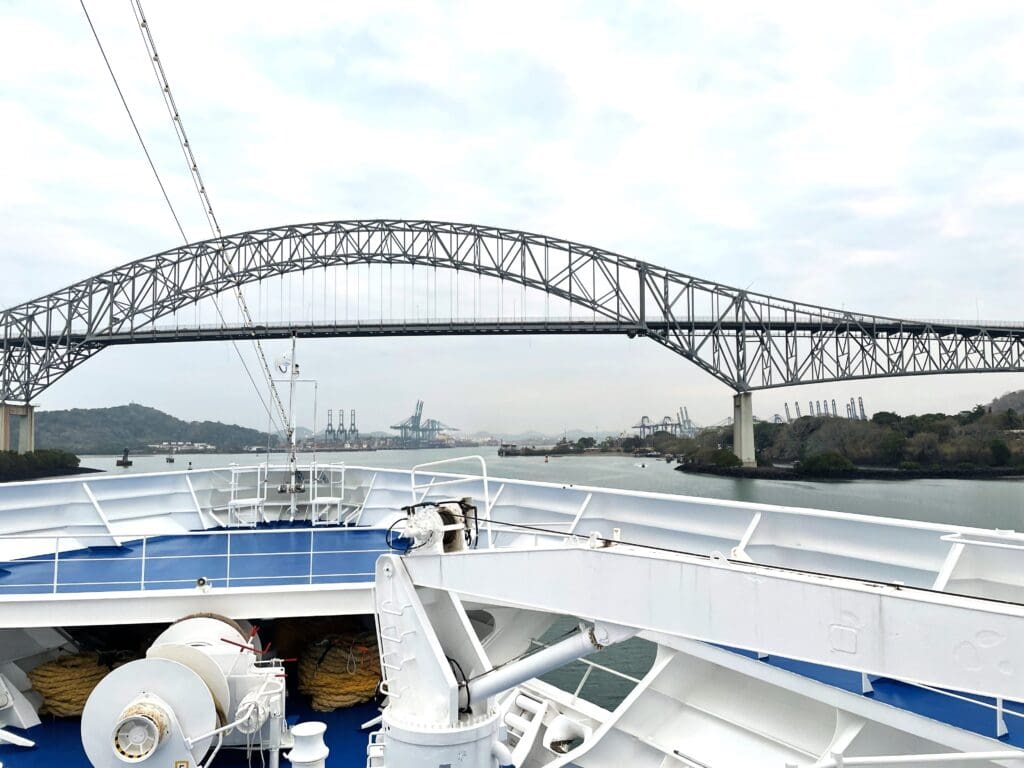
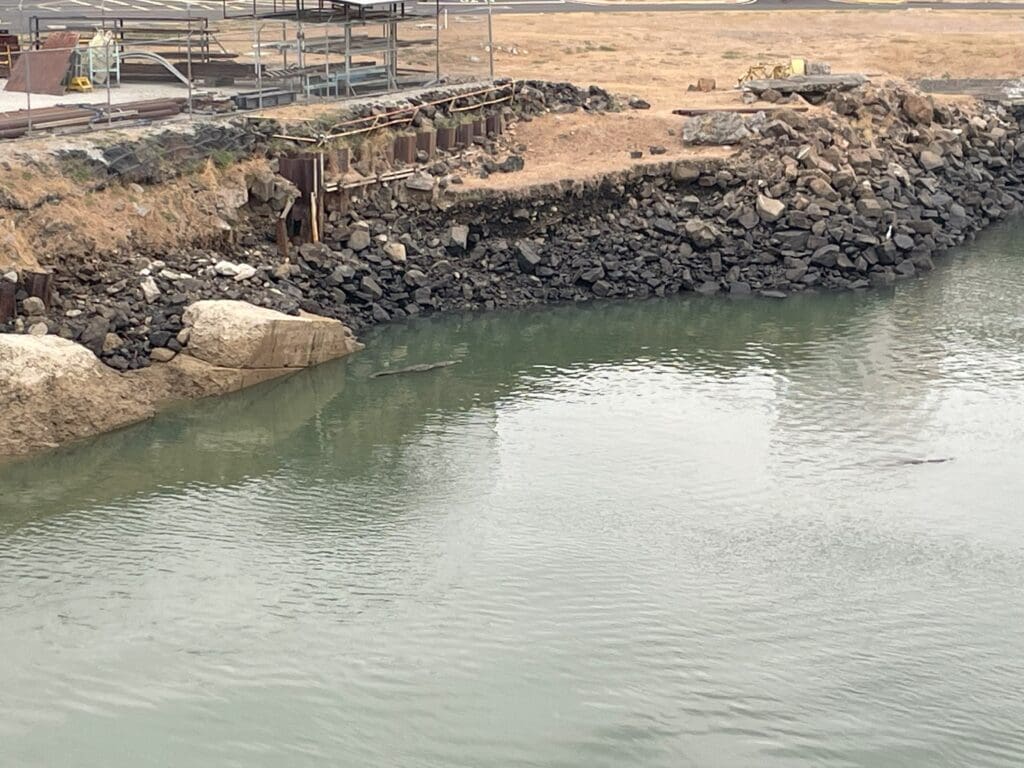 After Bridge of the Americas the next highlight is when the ship enters the Miraflores Locks, where passengers witness the impressive process of lifting the vessel through massive gates and chambers. There’s a visitor center and viewing area at Miraflores Locks where Panama Canal enthusiasts will wave to similarly enthusiastic cruise passengers. The larger your ship the closer you are to the viewing platforms.
After Bridge of the Americas the next highlight is when the ship enters the Miraflores Locks, where passengers witness the impressive process of lifting the vessel through massive gates and chambers. There’s a visitor center and viewing area at Miraflores Locks where Panama Canal enthusiasts will wave to similarly enthusiastic cruise passengers. The larger your ship the closer you are to the viewing platforms.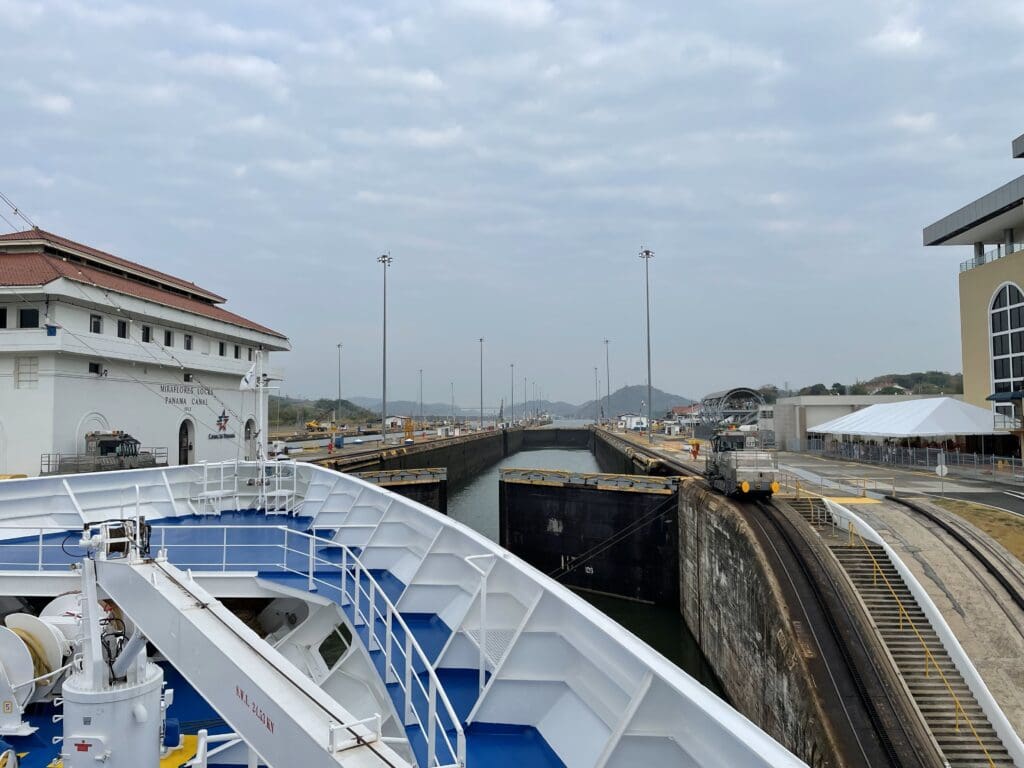
Advertiser Disclosure: Eye of the Flyer, a division of Chatterbox Entertainment, Inc., is part of an affiliate sales network and receives compensation for sending traffic to partner sites, such as CreditCards.com. Some or all of the card offers that appear on the website are from advertisers. Compensation may impact how and where card products appear on the site. This site does not include all card companies or all available card offers. Opinions, reviews, analyses & recommendations are the author’s alone, and have not been reviewed, endorsed, or approved by any of these entities. Some of the links on this page are affiliate or referral links. We may receive a commission or referral bonus for purchases or successful applications made during shopping sessions or signups initiated from clicking those links.
Responses are not provided or commissioned by the bank advertiser. Responses have not been reviewed, approved or otherwise endorsed by the bank advertiser. It is not the bank advertiser's responsibility to ensure all posts and/or questions are answered.


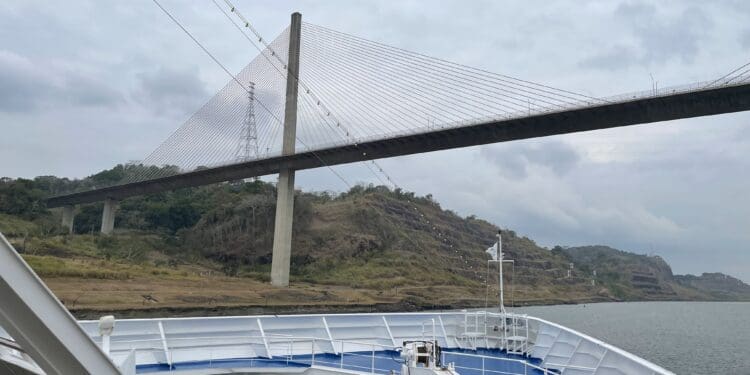
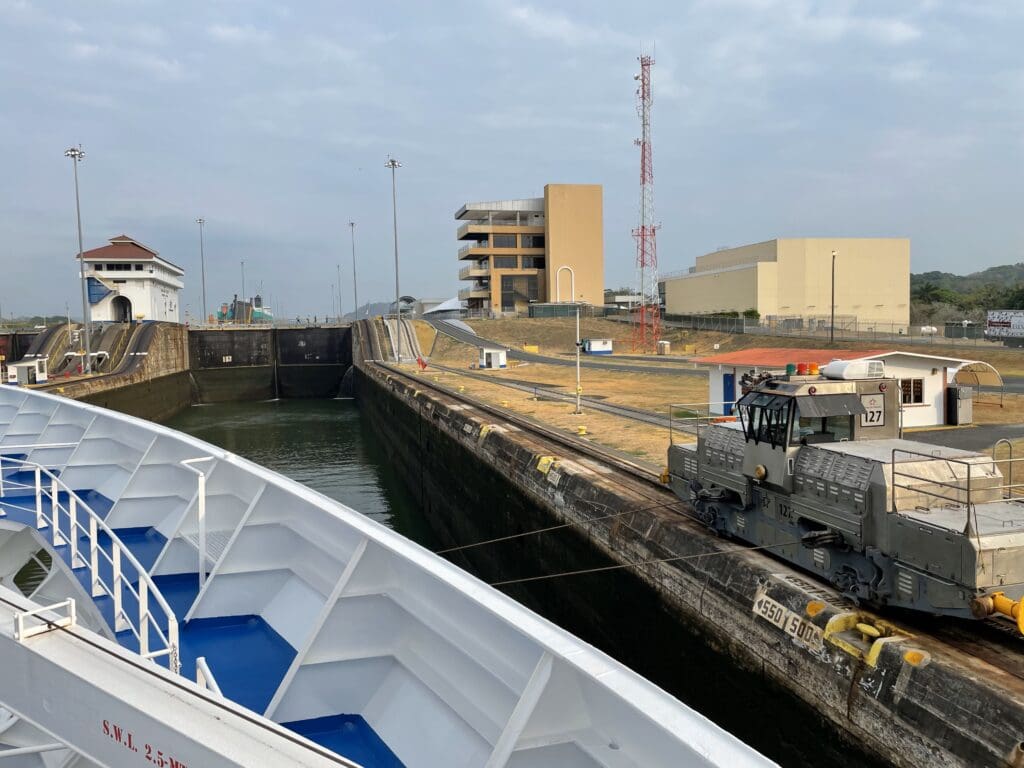
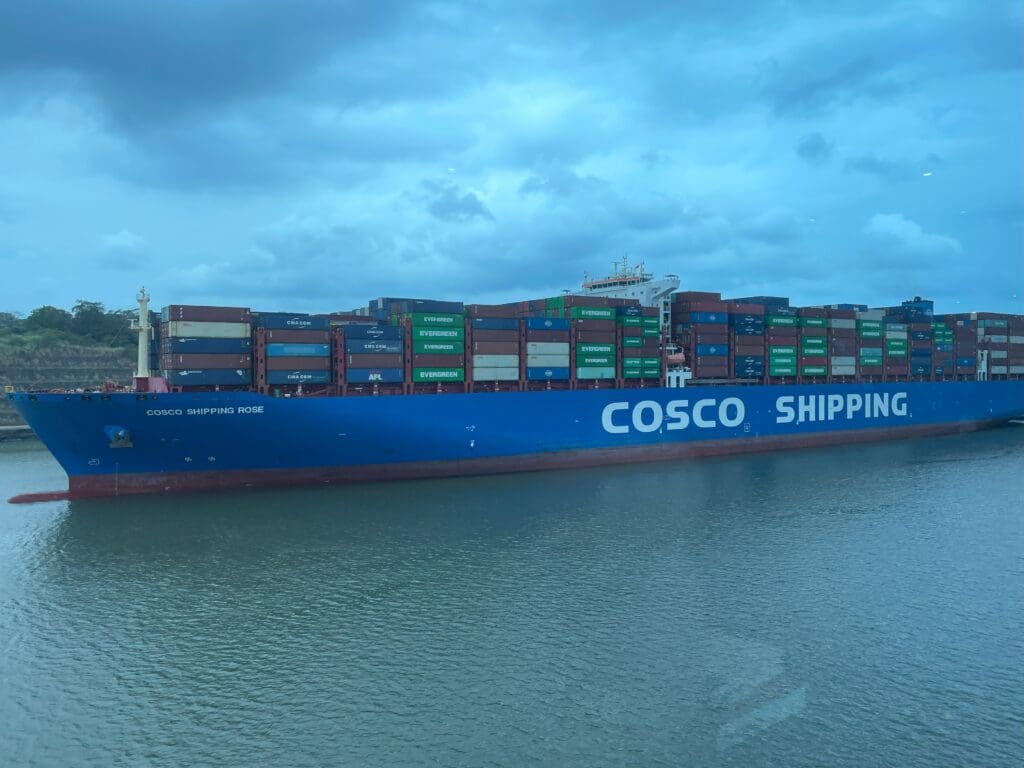
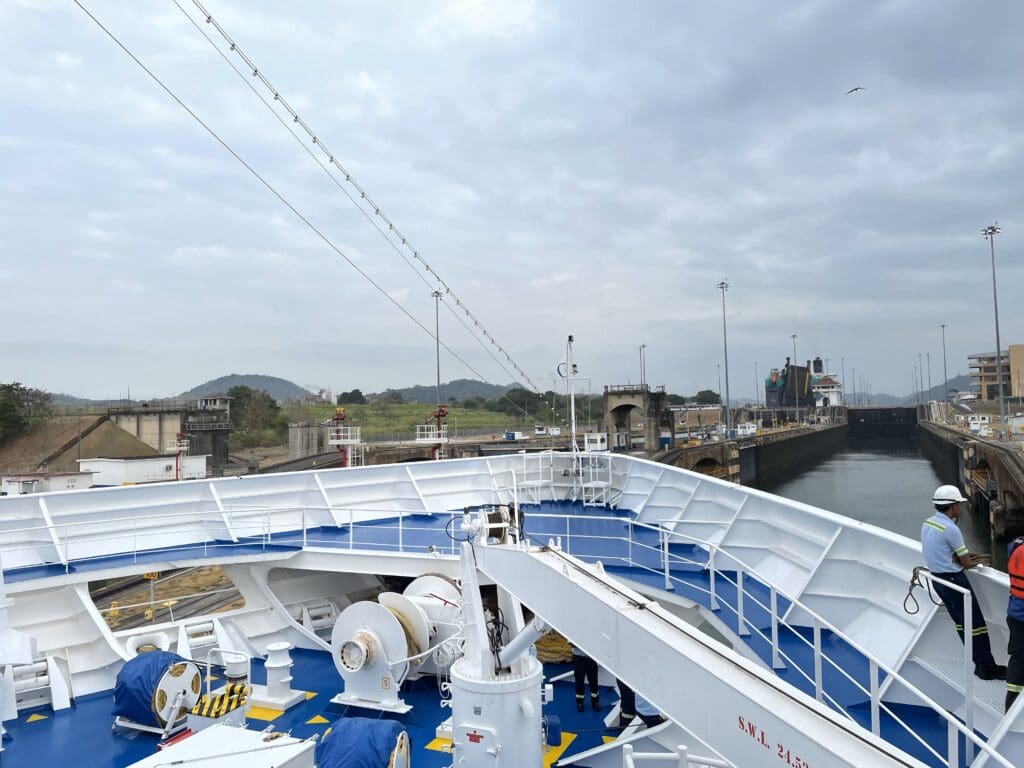
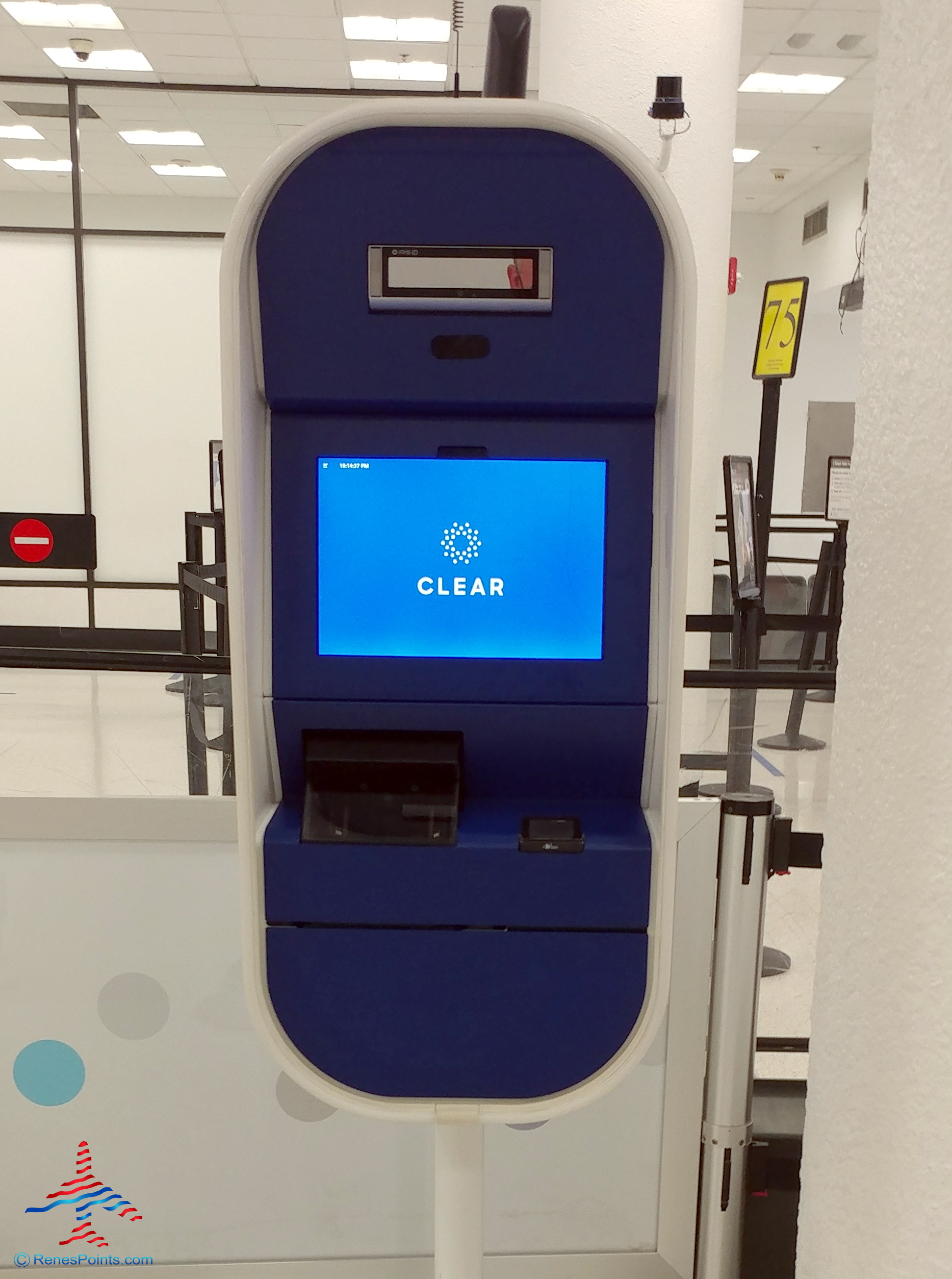








Loved all the information on going through the locks I went through about 30 years ago and I’m very much looking forward to our Oceania cruise at Christmas time 2024, Four of us will be traveling together and this will be our first cruise on Oceania and have heard very nice reviews so are looking forward to leaving Miami and arriving in LA!!